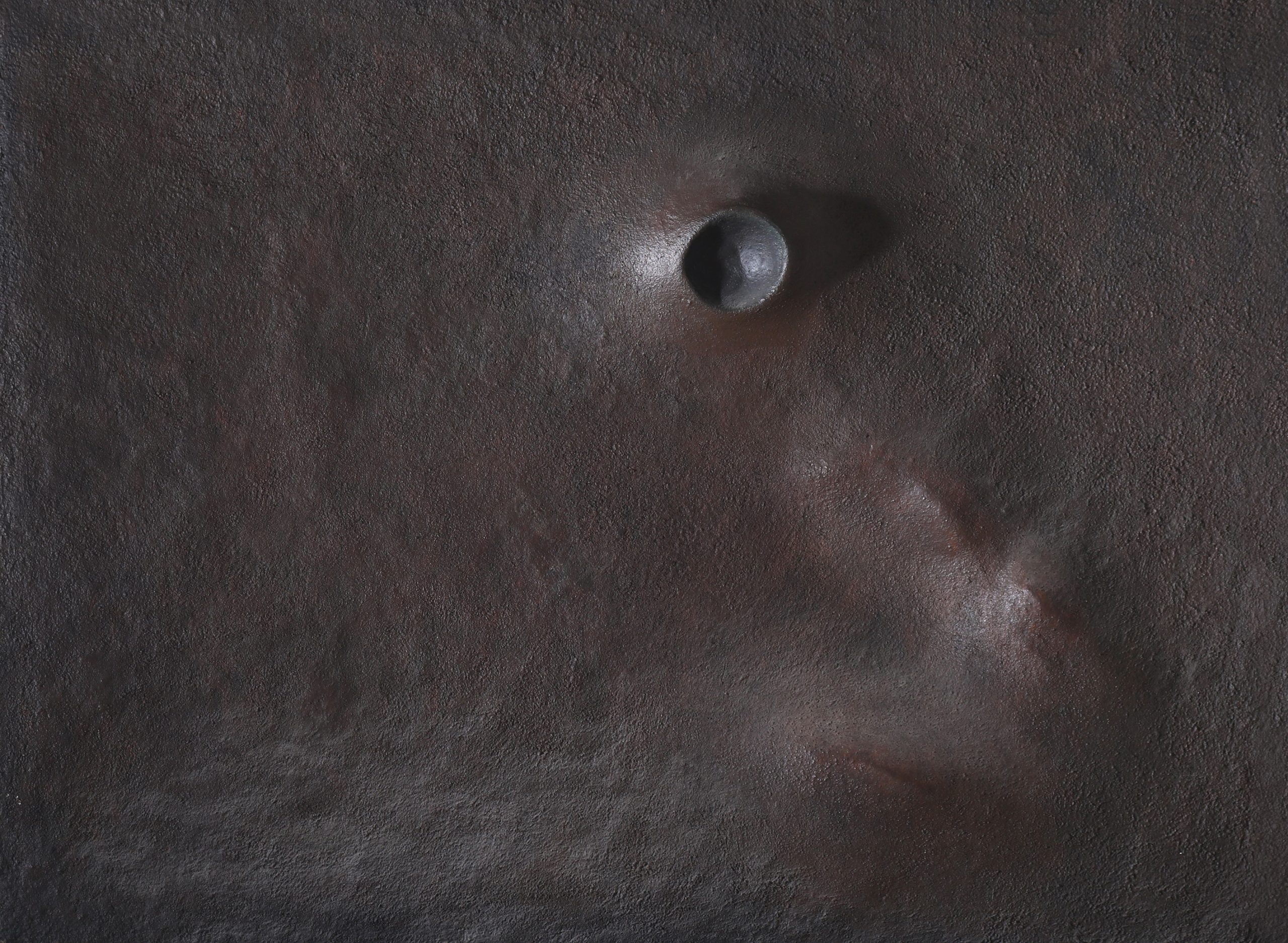Emilio Renart (1925-1991) approached his artistic practice from different approaches and freely and simultaneously used the conventions of genres, a strategy that he called under the concept of integralism. His interest in something renovating gave him an identity of his own, outside the demands of the time. His production is marked by a desire to find as many variants as possible in the way of expressing his writing or, as he liked to call it, his personal calligraphy.
According to the principles established by Renart, integralism would consist of going beyond the limits set by the frame while conceptually associating resources that, ordinarily, would have been opposed: wall, floor, sculpture, painting, drawing.
It can be seen in his drawings how he explores these principles where he explores the limits of the support through a gesture that highlights Renart’s attachment to the physical properties of materials. His works-both poetic objects and theoretical utensils-often brought together, as here, a subtle abstract drawing and an instrumental beauty, which clearly sought to demonstrate the formal conditions of the aesthetic experience, since Renart gave artistic behavior a model character, seeking to improve the individual through creativity.
It was between 1962/1967 when Renart created his series, with a total of five large pieces that he called Integralismo Bio-Cosmos. Interested in biological sciences, physics, zoology, Renart begins to elaborate a conception of the universe based on nuclear physics. He goes back to the origin of the world as energetic matter from which the development of the animal and the human consciousness as an ordering reason deeply linked to matter, to biological life, to the unconscious will derive.
The Bio-Cosmos left behind the classical concept of representation, it was a presentation, a biological body that imposed its presence on the spectator by advancing in space, occupying it. The Integralismo Bio-Cosmo No5 of 1967 that participated in the São Paulo Biennial was a true cosmic materialization, where the polyester resin added to the inclusion of lights in the work itself is remembered by those who were able to see it as a true marvel. The work fell apart on the way back to Buenos Aires.


 Renart Emilio
Renart Emilio